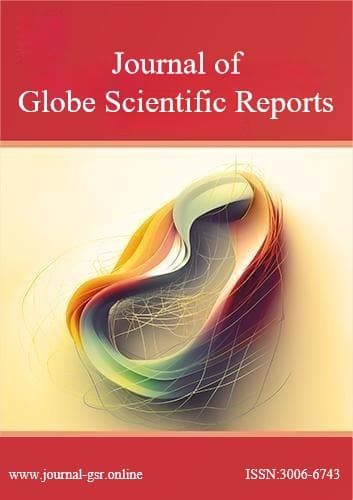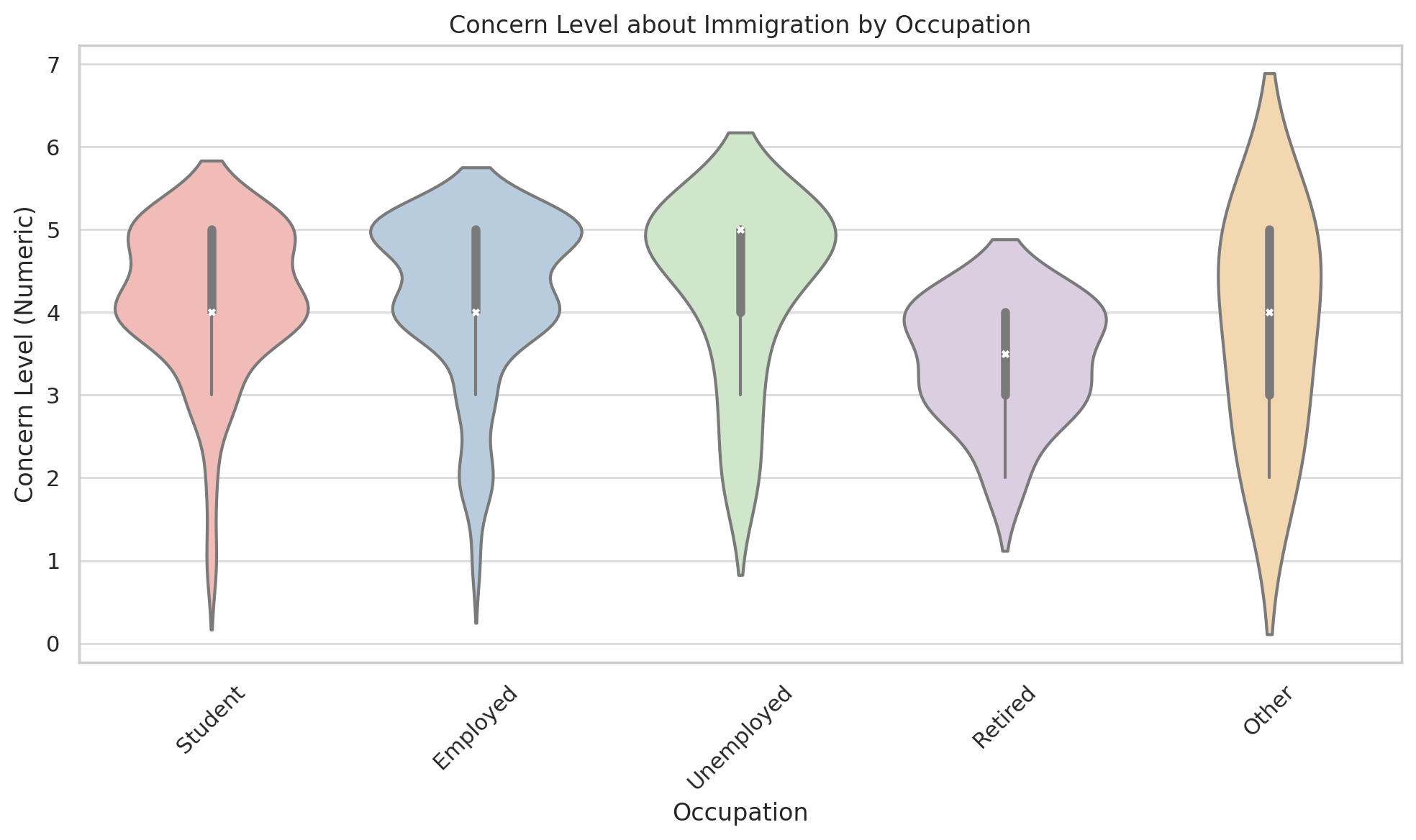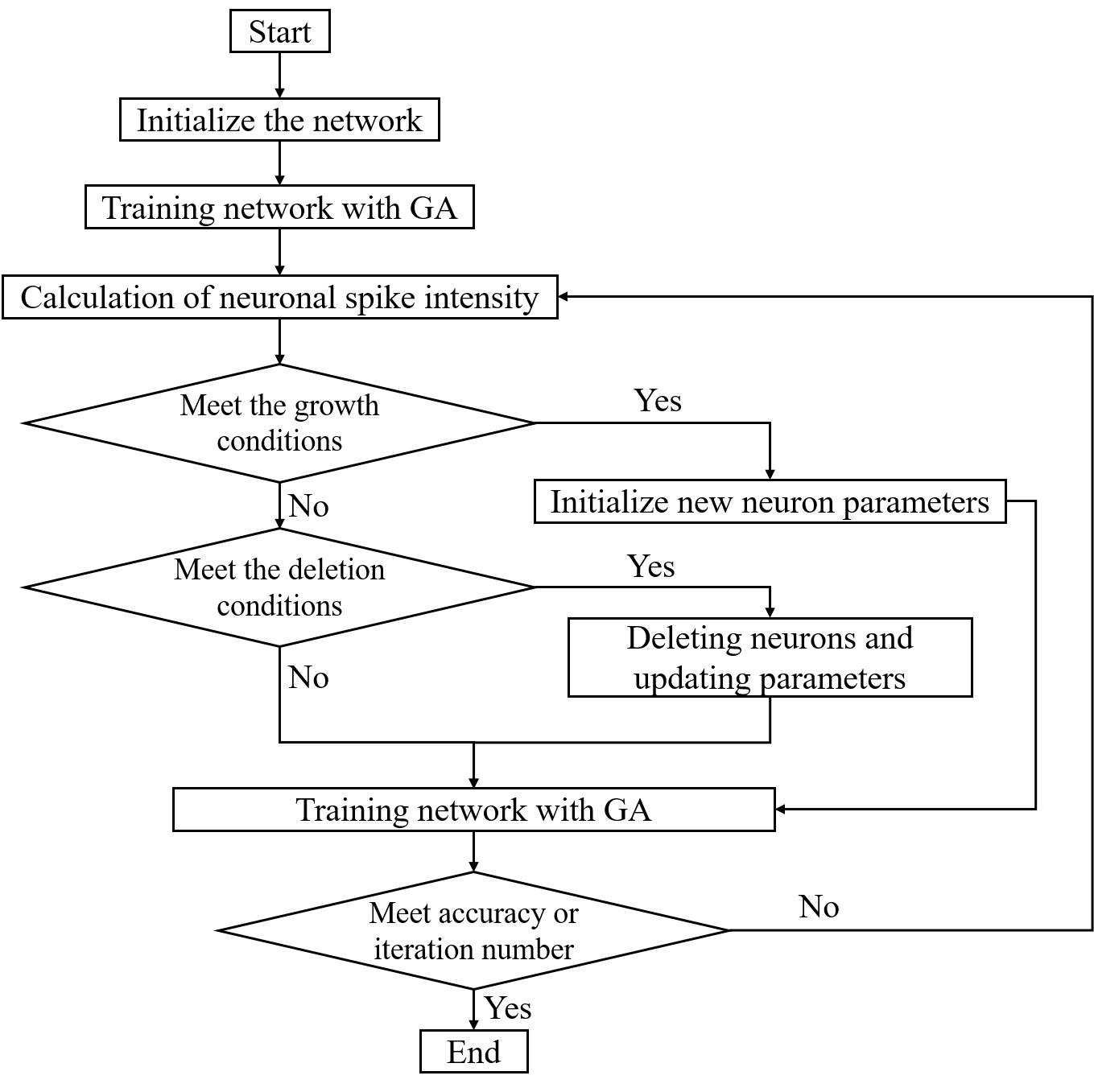 An open access journal
An open access journal
Myofiber Characteristics of Different Cuts of Qinghai Yak Beef and Their Effects on Meat Quality
Abstract
This study aimed to investigate the myofiber characteristics of different cuts of Qinghai yak beef and their correlation with meat quality. Six cuts of yak beef, namely tenderloin, knuckle, shank, chuck, striploin, and neck, were analyzed for their myofiber properties using frozen sectioning and ATPase histochemical staining, and the correlation between these characteristics and meat quality attributes including meat color, pH, cooking loss, fat content, shear force, and texture profile analysis (TPA) was assessed. Results indicated that muscle location significantly affected the proportions of type I, IIA, and IIB myofibers (P < 0.05), which were closely related to beef quality. In terms of myofiber diameter, chuck exhibited the lowest type I diameter, whereas neck had a significantly higher type I diameter compared to other cuts (P < 0.05). Analysis of myofiber area also revealed significant differences in the area of the same myofiber type across different cuts (P < 0.05). Furthermore, other meat quality indicators such as fat content, cooking loss, meat color, and chewiness varied significantly among cuts (P < 0.05), while pH values did not differ significantly. These findings demonstrate that muscle location has a significant impact on yak beef quality and that a strong correlation exists between myofiber characteristics and beef quality.
Share and Cite
Article Metrics
References
- Ayaz, Q., Anjum, N., Sidiq, H., Naseem, Z., Samira, Asad, T., Ashaq, B., Nisar, N., Manzoor, M., & Bashir, I. (2024). Structure, Composition, Nutritive Value and Biochemistry of Post-Mortem Muscle. In Hand Book of Processed Functional Meat Products (pp. 25-52). Springer.
- Bartoň, L., Bureš, D., Kotrba, R., & Sales, J. (2014). Comparison of meat quality between eland (Taurotragus oryx) and cattle (Bos taurus) raised under similar conditions. Meat Science, 96(1), 346-352.
- Cheng, Q., & Sun, D.-W. (2008). Factors affecting the water holding capacity of red meat products: A review of recent research advances. Critical reviews in food science and nutrition, 48(2), 137-159.
- De Huidobro, F. R., Miguel, E., Blázquez, B., & Onega, E. (2005). A comparison between two methods (Warner–Bratzler and texture profile analysis) for testing either raw meat or cooked meat. Meat Science, 69(3), 527-536.
- De Huidobro, F. R., Miguel, E., Onega, E., & Blázquez, B. (2003). Changes in meat quality characteristics of bovine meat during the first 6 days post mortem. Meat Science, 65(4), 1439-1446.
- Dinh, T. T., To, K. V., & Schilling, M. W. (2021). Fatty acid composition of meat animals as flavor precursors. Meat and Muscle Biology, 5(1).
- Everaert, N., Decuypere, E., & Buyse, J. (2022). Adipose tissue and lipid metabolism. In Sturkie's Avian Physiology (pp. 647-660). Elsevier.
- Fu, Y., Cao, S., Yang, L., & Li, Z. (2022). Flavor formation based on lipid in meat and meat products: A review. Journal of Food Biochemistry, 46(12), e14439.
- Gallo, M., Gordon, T., Syrotuik, D., Shu, Y., Tyreman, N., MacLean, I., Kenwell, Z., & Putman, C. T. (2006). Effects of long-term creatine feeding and running on isometric functional measures and myosin heavy chain content of rat skeletal muscles. Pflügers Archiv, 452, 744-755.
- Hamoen, J., Vollebregt, H., & Van Der Sman, R. (2013). Prediction of the time evolution of pH in meat. Food chemistry, 141(3), 2363-2372.
- Holloway, J. W., & Wu, J. (2019). Red Meat Science and Production: Volume 2. Intrinsic Meat Character. Springer.
- Ismail, I., & Joo, S.-T. (2017). Poultry meat quality in relation to muscle growth and muscle fiber characteristics. Korean journal for food science of animal resources, 37(6), 873.
- Joo, S., Kim, G., Hwang, Y., & Ryu, Y. (2013). Control of fresh meat quality through manipulation of muscle fiber characteristics. Meat Science, 95(4), 828-836.
- Juárez, M., Aldai, N., López-Campos, Ó., Dugan, M., Uttaro, B., & Aalhus, J. (2012). Beef texture and juiciness. Handbook of meat and meat processing, 9, 177-206.
- Li, J., Yang, C., Peng, H., Yin, H., Wang, Y., Hu, Y., Yu, C., Jiang, X., Du, H., & Li, Q. (2019). Effects of slaughter age on muscle characteristics and meat quality traits of Da-Heng meat type birds. Animals, 10(1), 69.
- Li, Y., Zong, W., Zhao, S., Qie, M., Yang, X., & Zhao, Y. (2023). Nutrition and edible characteristics, origin traceability and authenticity identification of yak meat and milk: A review. Trends in food science & technology, 139, 104133.
- Listrat, A., Lebret, B., Louveau, I., Astruc, T., Bonnet, M., Lefaucheur, L., Picard, B., & Bugeon, J. (2016). How muscle structure and composition influence meat and flesh quality. The Scientific World Journal, 2016(1), 3182746.
- Liu, C., Li, Y., Sun, W., Ma, F., Wang, X., & Yang, Z. (2025). New Techniques of Meat Quality Assessment for Detecting Meat Texture. Processes, 13(3), 640.
- Morgan, D., & Proske, U. (1984). Vertebrate slow muscle: its structure, pattern of innervation, and mechanical properties. Physiological reviews, 64(1), 103-169.
- Park, J., Moon, S. S., Song, S., Cheng, H., Im, C., Du, L., & Kim, G.-D. (2024). Comparative review of muscle fiber characteristics between porcine skeletal muscles. Journal of Animal Science and Technology, 66(2), 251.
- Pearce, K. L., Rosenvold, K., Andersen, H. J., & Hopkins, D. L. (2011). Water distribution and mobility in meat during the conversion of muscle to meat and ageing and the impacts on fresh meat quality attributes—A review. Meat Science, 89(2), 111-124.
- Peng, Y., Liu, S., Zhang, Y., Yang, L., Guo, X., & Jamali, M. A. (2022). Resonance vibration ameliorating tenderness of yak longissimus thoracis et lumborum: A novel physical tenderization technology. Meat Science, 191, 108860.
- Piette, G., Buteau, M., De Halleux, D., Chiu, L., Raymond, Y., Ramaswamy, H., & Dostie, M. (2004). Ohmic cooking of processed meats and its effects on product quality. Journal of food science, 69(2), fep71-fep78.
- Ratnayake, W. N., & Galli, C. (2009). Fat and fatty acid terminology, methods of analysis and fat digestion and metabolism. Annals of nutrition & metabolism, 55(1/3), 8-43.
- Schiaffino, S., & Reggiani, C. (2011). Fiber types in mammalian skeletal muscles. Physiological reviews, 91(4), 1447-1531.
- Shah, A. M., Bano, I., Qazi, I. H., Matra, M., & Wanapat, M. (2023). “The Yak”—A remarkable animal living in a harsh environment: An overview of its feeding, growth, production performance, and contribution to food security. Frontiers in Veterinary Science, 10, 1086985.
- Şirin, E., Aksoy, Y., Uğurlu, M., Cicek, Ü., Önenc, A., Ulutaş, Z., Şen, U., & Kuran, M. (2017). The relationship between muscle fiber characteristics and some meat quality parameters in Turkish native sheep breeds. Small Ruminant Research, 150, 46-51.
- Sun, Y.-w., Qu, M., Tuersunbai, J., Wang, X.-y., Tuoliken, T., Zhang, X.-h., Yao, G., & Shi, H. (2022). Comparative Study on Muscle Fiber Types of Longissimus Dorsi of Xinjiang Brown Cattle and Angus Cattle of Different Months. Journal of Food Quality, 2022(1), 7730914.
- Talebi, R., Ghaffari, M. R., Zeinalabedini, M., Abdoli, R., & Mardi, M. (2022). Genetic basis of muscle‐related traits in sheep: A review. Animal Genetics, 53(6), 723-739.
- Wang, Z., Ma, J., Ma, G., Yu, Q., Han, L., & Zhang, L. (2025). The mitochondrial functional characteristics and microstructure play an important role in yak meat color during wet curing. Food Chemistry: X, 25, 102095.
- Xie, H., & Grossmann, L. (2025). Tenderness in meat and meat alternatives: Structural and processing fundamentals. Comprehensive Reviews in Food Science and Food Safety, 24(1), e70033.
- Yang, Y., Yang, J., Ma, J., Yu, Q., & Han, L. (2021). iTRAQ-mediated analysis of the relationship between proteomic changes and yak longissimus lumborum tenderness over the course of postmortem storage. Scientific Reports, 11(1), 10450.






